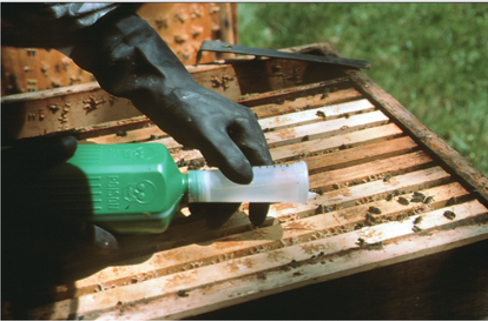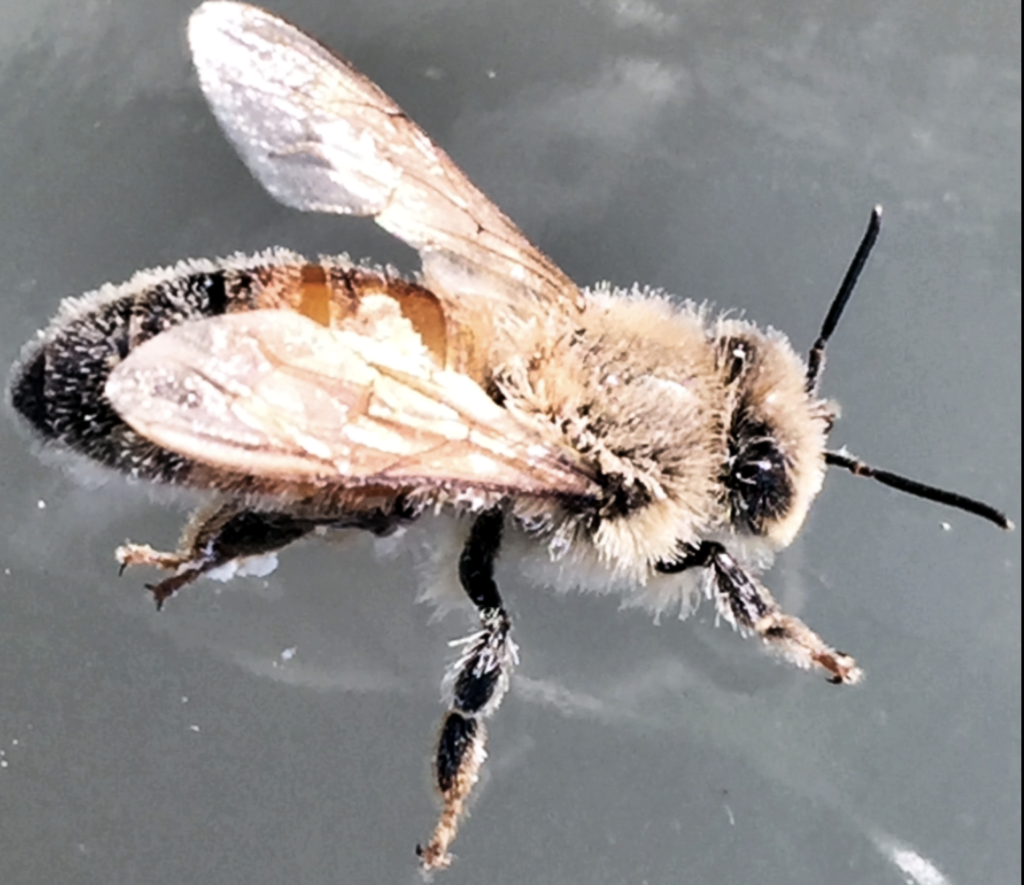Oxalic Acid - New Advances in Varroa Control
This meeting was recorded, and will be available to view until October 20, 2021
EVENT DESCRIPTION:
Oxalic acid is an important tool for controlling varroa mites, IF you use it correctly. What is the best method? Vaporization? Dribble? Shop Towel? How much is too much? How often is too often? Will it hurt your queen? Is it only effective when your colony is broodless? If mites under wax cappings escape a first treatment, can you safely use consecutive treatments to kill them?
Dr. Medhat Nasr will present science-based answers to these questions and more.

Recorded: Wednesday, October 13, 2021 (
PARTICIPATE TO LEARN: Using Oxalic Acid the right way
WHERE: Virtual Meeting via Zoom. Click the button below to view the recording.
NOTE: The recording will only be available until October 20th.
AGENDA:
| 7:00.pm.ET | SEASONAL BEEKEEPING Q&A Seeing something you don’t understand or can’t identify in your hive? This is the time to ask and share. |
| 7:30.pm.ET | Dr. Medhat Nasr |
SPEAKER BIOGRAPHIES

Dr. Medhat Nasr has spent decades developing alternatives for mite control, managing miticide resistance, evaluating integrated pest management (IPM) programs, and the selection and breeding quality bee queens.
His research program's success include breeding bees resistant to tracheal mites, and developing effective application methods, and registration of, formic acid for tracheal and varroa mite control (i.e. MiteWipe, Mite Away, and Mite_Away2), oxalic acid, HopGuard2 and Apivar® for Varroa treatment in Canada.
AWARDS: Dr. Nasr received numerous awards for his contributions to apiculture. In 2019 was awarded by the Canadian Honey Council “Willy Baumgartner Memorial Award” for outstanding contributions in improving the Canadian beekeeping industry. In 2018 he was awarded “Outstanding Service Award” by the Canadian Association of Professional Apiculturists (CAPA). He was awarded “Roger A Morse Teaching, Extension, Regulatory Award” by EAS, the Eastern Apiculture Society, USA in 2015 and he was also awarded “Fred Rathje Memorial Award” by the Canadian Honey Council in 2010. He also received several awards from Alberta Agriculture and Forestry for carrying successful projects for serving the beekeeping industry in Alberta. Dr. Nasr served as “President of the Canadian Association of Professional Apiculturists (CAPA)” from 2013 to 2017.
Dr. Nasr graduated from Cairo University, Giza, Egypt with B. Sc. and M. Sc. degrees in Entomology. He earned a Ph. D. degree in Entomology from University of California, Davis, USA.
DID YOU KNOW....
- Oxalic Acid occurs naturally in many foods that are completely safe to eat. But at high concentrations -- as encountered by beekeepers -- it can be deadly.
- Oxalic Acid is used as a wood bleach.
- Oxalic Acid is a key ingredient in the cleanser Bar Keepers Friend (great to clean stainless steel)
| Vegetable | Oxalic acid (g/100 g) |
|---|---|
| Parsley | 1.70 |
| Chives | 1.48 |
| Purslane | 1.31 |
| Cassava | 1.26 |
| Amaranth | 1.09 |
| Spinach | 0.97 |
| Swiss Chard, green | 0.96 |
| Beet leaves | 0.61 |
| Rhubarb leaves | 0.52 |
| Carrot | 0.50 |
| Radish | 0.48 |
| Collards | 0.45 |
| Beans, snap | 0.36 |
| Garlic | 0.36 |
| Lettuce | 0.33 |
| Watercress | 0.31 |
| Sweet potato | 0.24 |
| Turnip | 0.21 |
| Chicory | 0.2 |
| Broccoli | 0.19 |
| Celery | 0.19 |
| Eggplant | 0.19 |
| Cauliflower | 0.15 |
| Asparagus | 0.13 |
| Endive | 0.11 |
| Cabbage | 0.10 |

